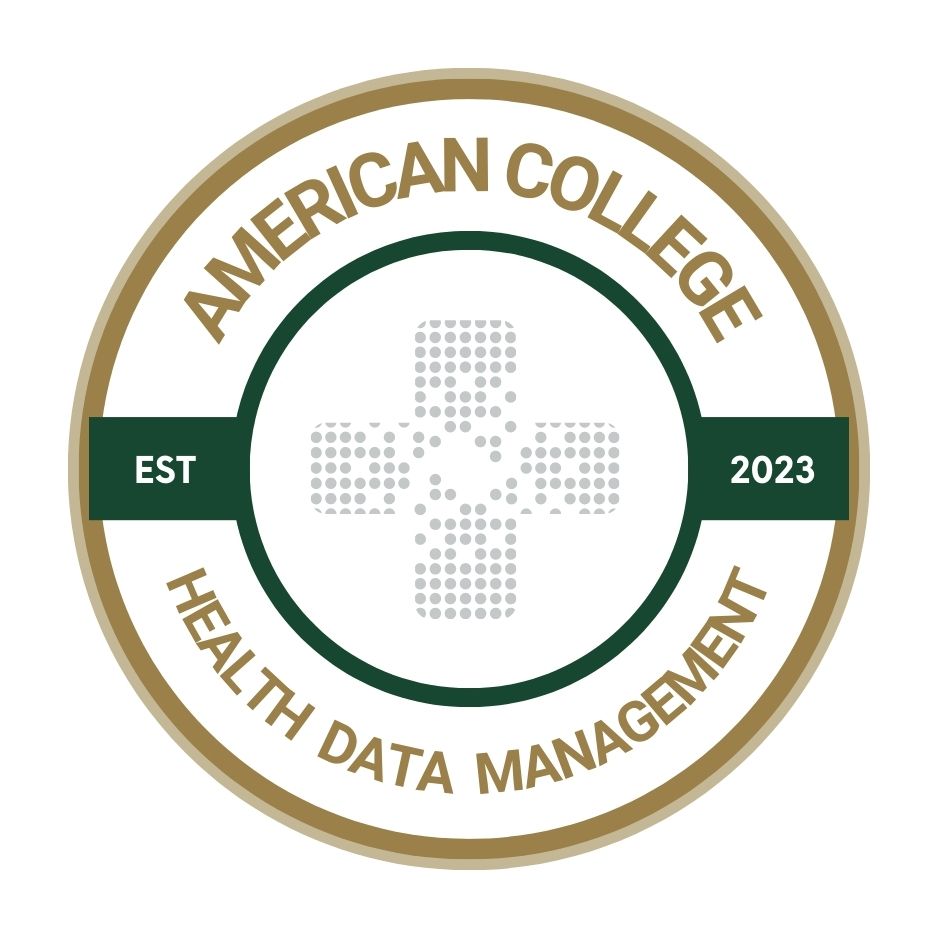Payers share data, too! Seven information exchange insights to know
Data exchange options being promoted by TEFCA through QHINs have a variety of implications that payers need to fully understand before signing up.

Clinical data is a two-way street for payers. These organizations require timely and accurate patient data from their healthcare provider partners. Likewise, payers are mandated by the Centers for Medicare & Medicaid Services to make member data available to external stakeholders via application program interfaces.
These bidirectional payer connections with mobile apps or to a provider's electronic health records systems and practice management systems include clinical data exchange use cases such as patient access, payer-to-payer data exchange, claims, prior authorization and data sharing to consumers. However, these aren’t the only clinical data exchange functions payers should know.
This article is the first in a three-part series designed to inform payers about technology options for efficient sharing of members’ data. Payers have options, and the first step is to be informed.
Know your options as a buyer
One major challenge to advancing payer interoperability is a lack of understanding of the available options. The Trusted Exchange Framework and Common Agreement (TEFCA), a government-driven initiative, aims to standardize health data exchange nationwide through Qualified Health Information Networks (QHINs).
While promising, TEFCA adoption presents challenges for payers, such as high infrastructure demands, unclear benefits at this early stage and the evolving nature of its requirements. Payers may find that their current systems aren’t fully equipped to meet TEFCA’s technical and operational demands.
As an alternative, organizations that represent a large population of providers or private data exchange solutions may provide a more immediate and flexible path to interoperability. These private networks help fill gaps in payer data exchange with lower barriers to entry, fewer infrastructure requirements, and faster implementation timelines.
Define data sharing requirements
Payers send and receive member data. On the receipt side, payers request large volumes of patient data for a multitude of business reasons. Seven common use cases noted in a recent College of Healthcare Information Management Executives (CHIME) research report include prior authorization, risk adjustment, care management, quality reporting and submission, claims adjudication and appeals, and payment integrity audits.
However, securing member data from providers is difficult. Obstacles include multiple and disparate EHRs, varying data formats and other data disparities. These realities often hinder the health plan’s ability to validate, aggregate and standardize member data for application and usability.
Payers also transmit data. The “send” process entails many of the same challenges listed above and includes use cases such as continuing care, quality reporting, claims processing and compliance with regulatory requirements.
Payers have made many prior investments in interfaces and exchanges to streamline the sharing of member data. However, these legacy investments often don’t provide a reliable pathway to address new exchange standards and regulatory requirements.
Insights into health information networks
Payers must quickly decide where to spend their technology money and resources. QHINs are the newest type of data exchange network to emerge in healthcare. Formally launched in 2023, seven QHINs are currently certified by HHS.
Their efforts are coordinated by ONC and The Sequoia Project, a Recognized Coordinating Entity (RCE), which is using TEFCA’s framework for the technical exchange of information and the associated business agreement to support data exchange.
However, in 2024, QHINs expanded their outreach to a variety of new healthcare stakeholders including health plans and payers.
Seven considerations before signing up
Payers should pursue efforts to explore news or emerging options, like QHINs. But there are specific obligations, investments and considerations for payers to know. Here are important questions to ask before contracting with a QHIN.
Strategic and infrastructure alignment
Data quality and governance
Compliance with evolving requirements
Operational readiness
Costs and return on investment
Primary source verification
Contractual and legal
Don’t let complexity hinder progress
Some companies are building another alternative to the HIE, QHIN and TEFCA options mentioned above. These private data exchange networks offer a lower barrier to entry along with significant benefits to address the immediacy of payer interoperability requirements such as a more consumer-driven way to do business; interoperability expertise to mitigate risk and reduce infrastructure costs; and decades of data sharing knowledge, education and technology to payers.
This KLAS Research K2 Collaborative Points of Light Success Story is one example of ways to achieve safe, secure and timely data exchange in healthcare. Steady progress with proven partners, like that achieved by CareFirst BlueCross BlueShield, is a recommended best practice and prudent path for all payers and all service lines.
The next article will break down how the FHIR standard revolutionizes electronic data exchange.
Anthony Murray, CISSP, is the chief interoperability officer for MRO Corp., a clinical data exchange technology and services provider.
